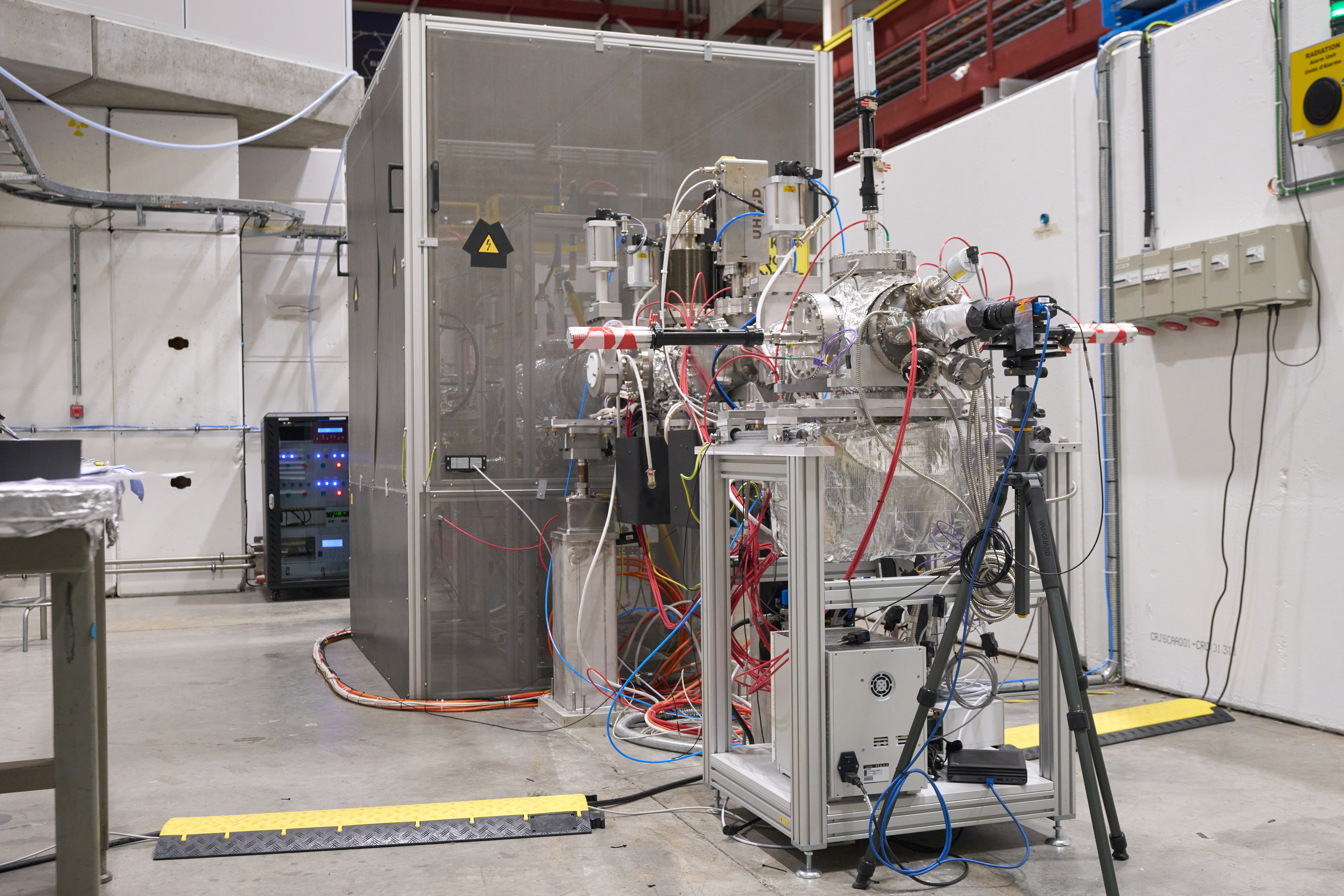PUMA Experiment on:
[Wikipedia]
[Google]
[Amazon]
 The PUMA (antiProton Unstable Matter Annihilation) AD-9 experiment, at the
The PUMA (antiProton Unstable Matter Annihilation) AD-9 experiment, at the
 The PUMA (antiProton Unstable Matter Annihilation) AD-9 experiment, at the
The PUMA (antiProton Unstable Matter Annihilation) AD-9 experiment, at the Antiproton decelerator
The Antiproton Decelerator (AD) is a storage ring at the CERN laboratory near Geneva. It was built from the Antiproton Collector (AC) to be a successor to the Low Energy Antiproton Ring (LEAR) and started operation in the year 2000. Antiprotons ...
(AD) facility at CERN
The European Organization for Nuclear Research, known as CERN (; ; ), is an intergovernmental organization that operates the largest particle physics laboratory in the world. Established in 1954, it is based in Meyrin, western suburb of Gene ...
, Geneva, aims to look into the quantum interactions and annihilation
In particle physics, annihilation is the process that occurs when a subatomic particle collides with its respective antiparticle to produce other particles, such as an electron colliding with a positron to produce two photons. The total energy a ...
processes between the antiprotons and the exotic slow-moving nuclei. PUMA's experimental goals require about one billion trapped antiprotons made by AD and ELENA to be transported to the ISOLDE-nuclear physics facility at CERN, which will supply the exotic nuclei. Antimatter has never been transported out of the AD facility before. Designing and building a trap for this transportation is the most challenging aspect for the PUMA collaboration.
Physics goals
The main goal of the PUMA experiment is to study theneutron
The neutron is a subatomic particle, symbol or , that has no electric charge, and a mass slightly greater than that of a proton. The Discovery of the neutron, neutron was discovered by James Chadwick in 1932, leading to the discovery of nucle ...
and proton
A proton is a stable subatomic particle, symbol , Hydron (chemistry), H+, or 1H+ with a positive electric charge of +1 ''e'' (elementary charge). Its mass is slightly less than the mass of a neutron and approximately times the mass of an e ...
densities at the annihilation sites in the unstable nuclei. These sites are formed at the tail of the nuclear densities and can be probed with low-energy antiprotons
The antiproton, , (pronounced ''p-bar'') is the antiparticle of the proton. Antiprotons are stable, but they are typically short-lived, since any collision with a proton will cause both particles to be annihilated in a burst of energy.
The exis ...
. Such experiments by the PUMA collaboration will study the evolution of neutron skins with isospin
In nuclear physics and particle physics, isospin (''I'') is a quantum number related to the up- and down quark content of the particle.
Isospin is also known as isobaric spin or isotopic spin.
Isospin symmetry is a subset of the flavour symmetr ...
, and study the proton and neutron halos in exotic nuclei at the ISOLDE facility. The idea was first proposed by Wada and Yamazaki in 2001. And now PUMA experiment will be the unique facility using antiprotons as probes for unstable nuclei.
See also
*Antiproton decelerator
The Antiproton Decelerator (AD) is a storage ring at the CERN laboratory near Geneva. It was built from the Antiproton Collector (AC) to be a successor to the Low Energy Antiproton Ring (LEAR) and started operation in the year 2000. Antiprotons ...
* ISOLDE
References
{{Reflist CERN experiments Particle experiments